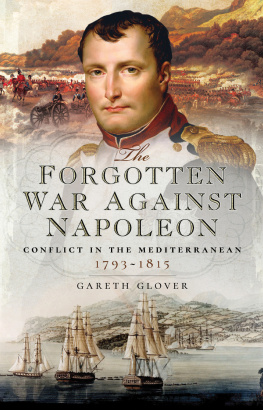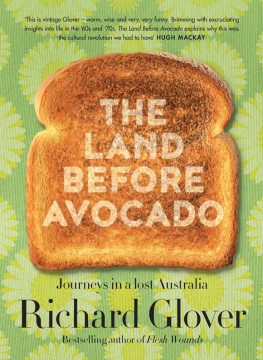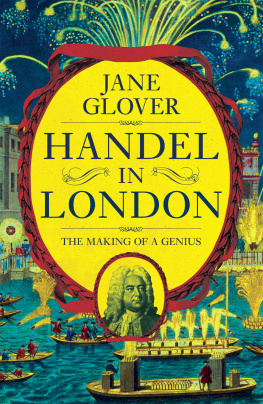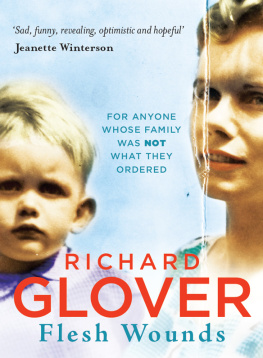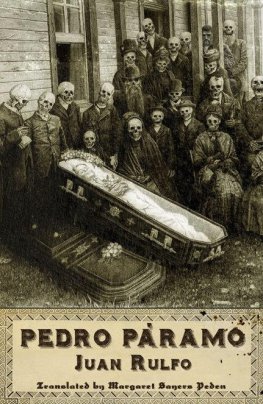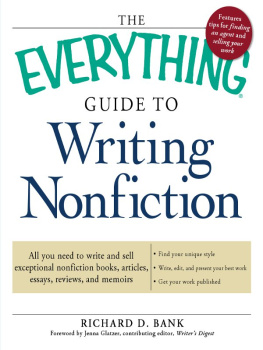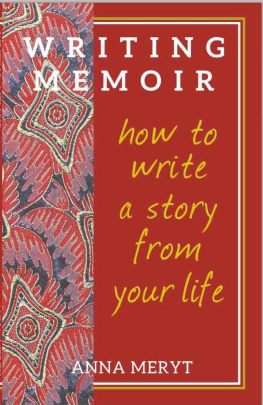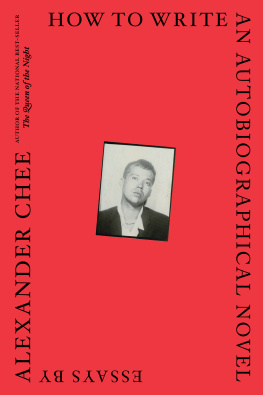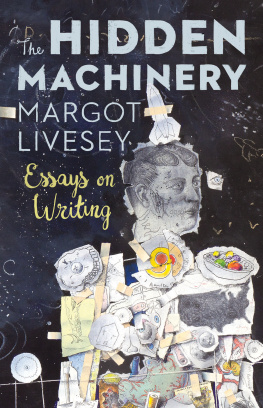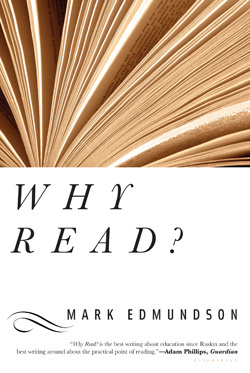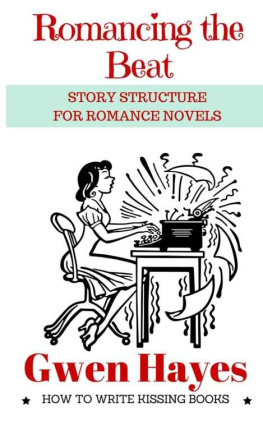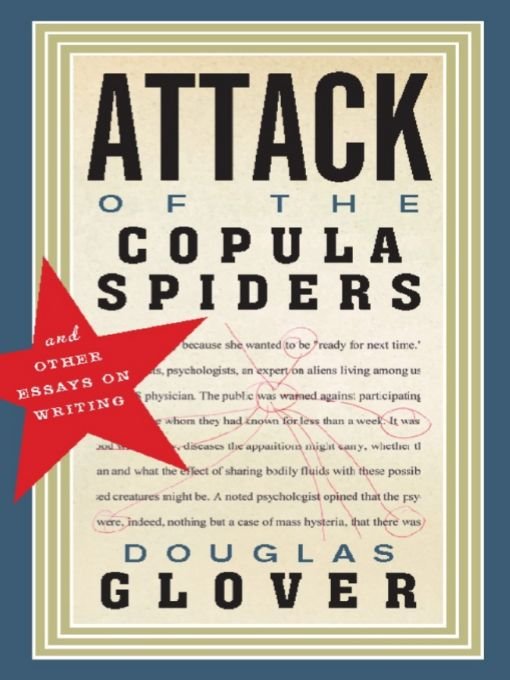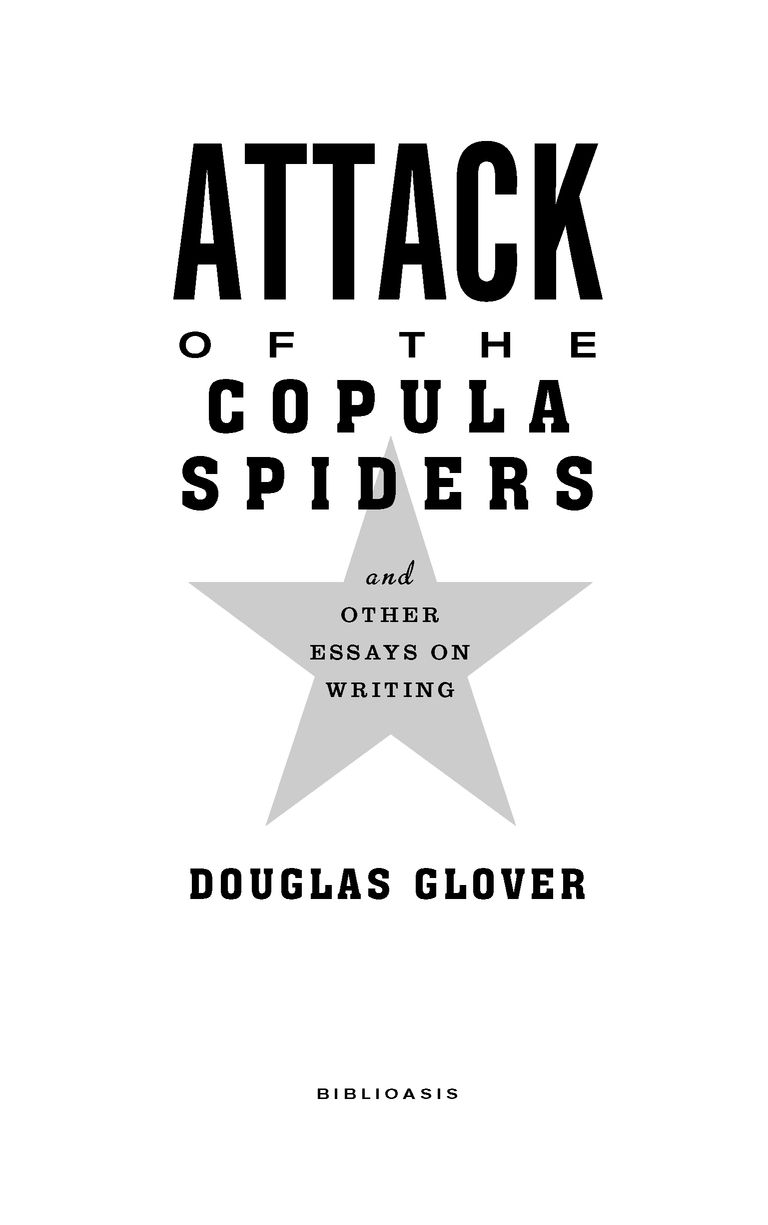Table of Contents
ALSO BY DOUGLAS GLOVER
NOVELS
Precious
The South Will Rise at Noon
The Life and Times of Captain N
Elle
STORY COLLECTIONS
The Mad River
Dog Attempts to Down Man in Saskatoon
A Guide to Animal Behaviour
16 Categories of Desire
Bad News of the Heart
NONFICTION
Notes Home from a Prodigal Son
The Enamoured Knight
For Melissa
HOW TO WRITE A NOVEL
THE FOLLOWING is a synopsis of a lecture I have given dozens of times on how to put a novel together. I always deliver the lecture extemporaneously. It is never the same twice. And when I have tried to write it out, it goes dead at my fingertips. Ive come to think of it as oral lore, not meant to be fixed on the page. But I have, over the years, managed to write a short summary of the lecture to send out to students when they need their memories refreshed. The disadvantage of this summary is that it is too concise and didactic, a bit of a sketch. It reads like a prescription: Take two of these, and a novel will pop out of you in a week. I wish it were that easy. The advantage of it is that I deal with structures the craft books and the literary critics never tell aspiring writers about. How to construct a point of view. How to construct a subplot. How to think up a theme. How to construct an image pattern. How characters in a novel think. How all these elements relate to one another.
In any case, readers should try to ignore the prescriptive language and imagine, first of all, that I am telling them how to read a novel. Then they should go to a novel they love and try to read it for the structures I have suggested are basic to the writing of novels. The beauty of form is its infinite variability. Experimental novels tend to take some of the structures I talk about and invert them or emphasize them differently than a conventional novel. But the structures remain roughly the same. Some novelists use very little image patterning. Sometimes the subplot gets confined to an amazingly tiny amount of text. Sometimes backfill expands to form a plot parallel to the main plot. Occasionally, an author will invent a device that does the job of, say, a subplot but isnt exactly a subplot. Tim OBrien does this in his novel In the Lake of the Woods, where, instead of a subplot, he writes multiple speculative versions of the main plot. Obviously, my model is based on a simplest-case scenario: single character first- or third-person narrative. But the reader wont have to think too hard to figure out how what I say about point of view plays in a third-person multiple narrative or a first-person reminiscent narrative.
I break down the novel into six major structures: point of view, plot, novel thought, subplot, theme and image patterning. In any actual novel, these structures are intricately folded together to form an organic unity. Teasing them apart for the purpose of discussing them separately in this present context creates an artificial impression of distinctness. Also it is important to realize that a novel is an illusion. A narrative seems to flow through time when, in fact, it is made up of a number of static structures: scenes, events, event sequences, reflective devices, repetitions, all of which are nothing but words fixed on the page. The first time we read a novel we read to experience the flow of time; it is only on rereading the book over and over that we begin to see the static structures that give the illusion of life.
Point of View
Point of view is the mental modus operandi of the person who is telling or experiencing the storymost often this is the protagonist. This mental modus operandi is located in a fairly simple construct involving desire, significant history and language overlay. The writer generally tries to announce the desire, goal or need of the primary character as quickly as possible. The key here is to make this desire concrete and simple. In Anna Karenina , Anna wants to be with Vronsky. In Joyce Carys The Horses Mouth, Gulley Jimson wants to paint pictures. In Kingsley Amiss Lucky Jim, Jim wants to keep his teaching job. Concrete simplicity at the outset can yield to generalization down the line if only because, with a thematic sentence here and there, any particular desire can be tweaked into standing for all human striving and aspiration. The important thing to remember: The novel is a machine of desire.
Significant history is background material that tells the story of how the main character arrives at the beginning of the novel wanting what he wants. Its significance derives from its relationship to the characters concrete desire and current situation. History that does not relate directly to this desire is not always helpful. It often makes the narrative turn flabby or worseboring (the reader yawns, loses concentration). The important thing to remember is that significant history can be kept brief but needs to be repeated (via references, expansions, variations). These repetitions begin to give the novel a rhythm and a memory. Unless you have a really good reason for doing so, make sure that the character is passionately engaged with his desire and current situation. Dont give someone, say, a job that doesnt mean anythinga job, social station and life circumstances should connect up with desire in a significant way. Keep things passionate (love, obviously, but dont forget the negative passionshatred and anger and fear). Once you have the desire and significant history in place, then youll have a fairly clear idea how your character will react as new situations arisehence the modus operandi idea.
The device of language overlay involves diction, syntax and figurative language: Your character needs to talk and think in terms that reflect his passionate attachment to life (desire and significant history). For example, in my novel Precious the protagonist is a newspaperman; on the first page of the novel, a tavern hides across a street like an overlooked misprint between jutting office towers. At another point, the protagonist starts thinking in newspaper headlines. Conversely, it would have been a faux pas to have him start thinking in sailing metaphors. Here is Gulley Jimson, a passionate painter, describing the Thames in The Horses Mouth: Sun all in a blaze. Lost its shape. Tide pouring up from London as bright as bottled ale. Full of bubbles and every bubble flashing its own electric torch. Mist breaking into round fat shapes, china white on Dresden blue. Dutch angels by Rubens della Robbia. Big one on top curled up with her knees to her nose like the little marble woman Dobson did for Courtauld. A beauty. The diction and figurative language are drawn straight from the heart of the perceiving subject.
Plot
Plot is rather complicated and to discuss it we need to break it down into smaller issues. I like to draw what I call railroad track diagrams (an exercise that can be tried at any point in the writing processat the beginning or after several drafts). By railroad track diagrams I mean train tracks as they are often represented on maps: a single line with perpendicular crossbars at regular intervals. If you draw this as a semi-circular arch, it brings to mind an arc of action. Later, as you develop scenes, events, sequences of events, and/or plot steps you can attach little balloons with text to the perpendicular crossbars and the train track becomes a plot diagram. But start by putting an A at one end andaB at the other. A needs to be a question. Generally this question relates to the concrete desire of the protagonist: Will he get what he wants? Its very simple. The end of the novel then becomes equally simple. B will be an answer to the question: Yes or no. Answering yes or no doesnt limit you as to tone or degree of closure. You can immediately add a structural but-construction to shade this simple answer. For example, Bill wants to marry Sue, Bill gets to marry Sue, but he discovers that he is gay and locked in a loveless marriage. In


